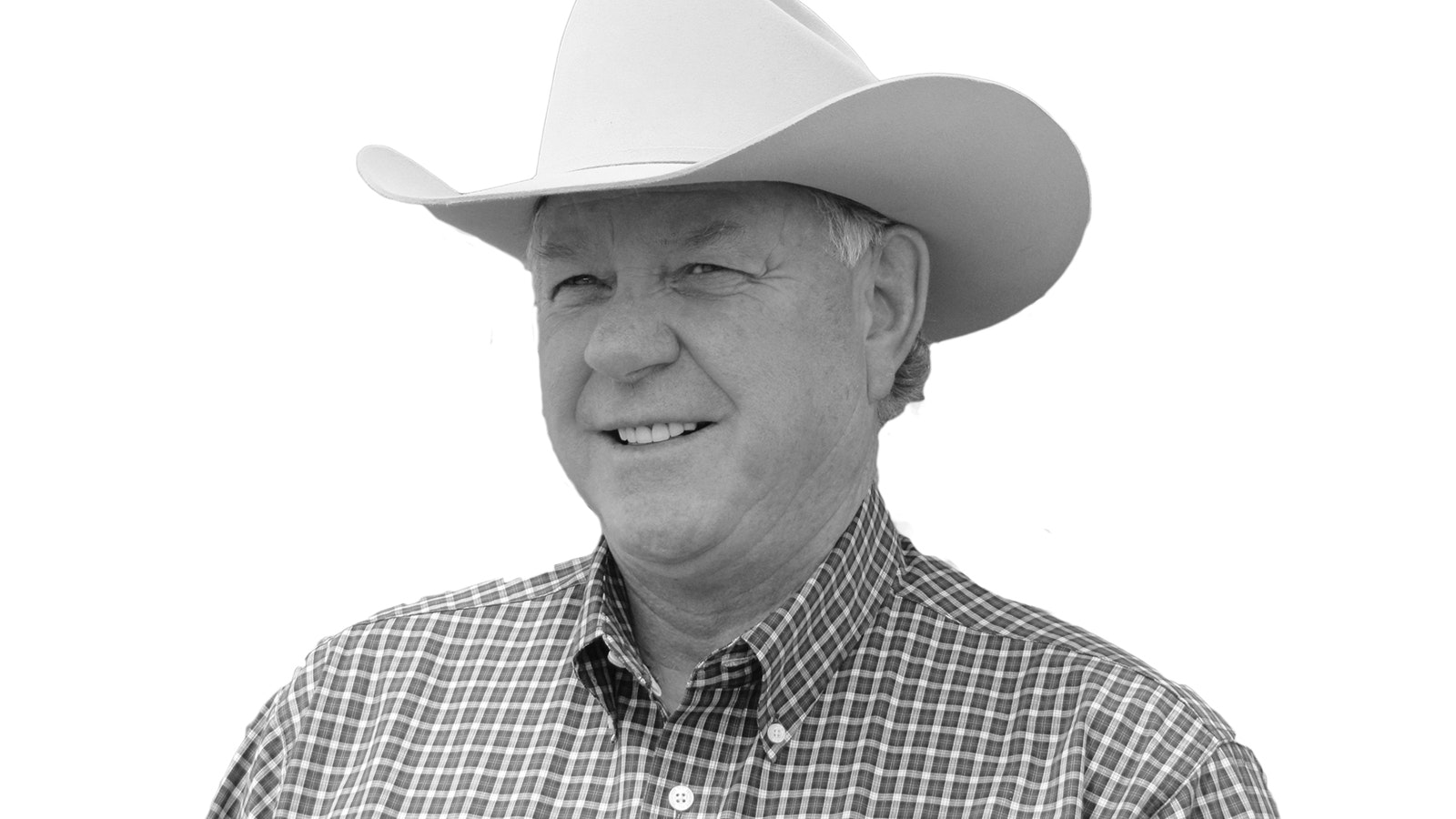For all those involved in the business of providing beef to consumers for their dinner, prices for their product have never been higher.
Beef producers and feedlot operations are cautiously happy with these beef prices, as they realize commodity prices can go south at anytime. On the other hand, they have to deal with record-high input prices.
And, when realizing money isn’t money until it is in your pocket, it is nice to have some extra to save or spend on improvements.
Meatpackers are closing some processing facilities because of low numbers of cattle and are having to import lean beef and trimmings in record tons to keep the ground beef inventory strong for Americans.
For beef producers, calf and yearling prices have had a strong summer reflective of video cattle sales, as there have been record prices at most of the sales.
According to CattleFax, “Looking specifically at results from the latest Superior Livestock video sale, five-weight calves for fall delivery had averaged almost $433 per hundred pounds. This is 22 percent above last year’s values and, so far this season, these calves have averaged almost $450 per head above last summer. Switching to feeder cattle sales this week, steers in the 800-pound weight group averaged $334 per hundred pounds, compared to $255 per hundred pounds last year.”
Studies show there are hardly any signs of heifer retention on ranches, which would be the signal ranchers are keeping their heifers to increase their herds. Around 25 percent of calves and yearlings at the video sales so far have been heifers, most of which will be fed out and processed for beef products.
I’m hearing feeders are making money, but the number of cattle placed in feedlots for finishing before slaughter has fallen to its lowest level since 2017.
This steep drop in feedlot placements is a sure sign tight supplies of beef will continue in coming months and could further limit beef availability and put upward pressure on beef prices.
Bloomberg News highlighted some broader market implications, saying, “The severe cattle shortage in the U.S., the world’s largest beef producing country, is pushing cattle costs sharply higher. This surge in costs has eliminated billions in profits for the meatpackers and has resulted in record-high beef prices for consumers at grocery stores.”
The most recent Consumer Price Index reported retail beef prices hitting new record highs has prompted many questions on when we might see lower beef prices.
But as long as we see tighter beef supplies and good consumer demand – both in the U.S. and abroad – prices will remain high.
Usually, beef prices and different cuts of beef have seasonal wholesale market price trends which suggest prices could decline from recent highs.
As of July 1, there were 94.2 million cattle and calves in the U.S. – the lowest mid-year inventory since 1973.
These numbers have to change drastically for long-term lower beef prices at the grocery stores.
We hope to see everyone at the Wyoming State Fair Aug. 12-16. It is going to be a good one.
Dennis Sun is the publisher of the Wyoming Livestock Roundup, a weekly agriculture newspaper available online and in print.





